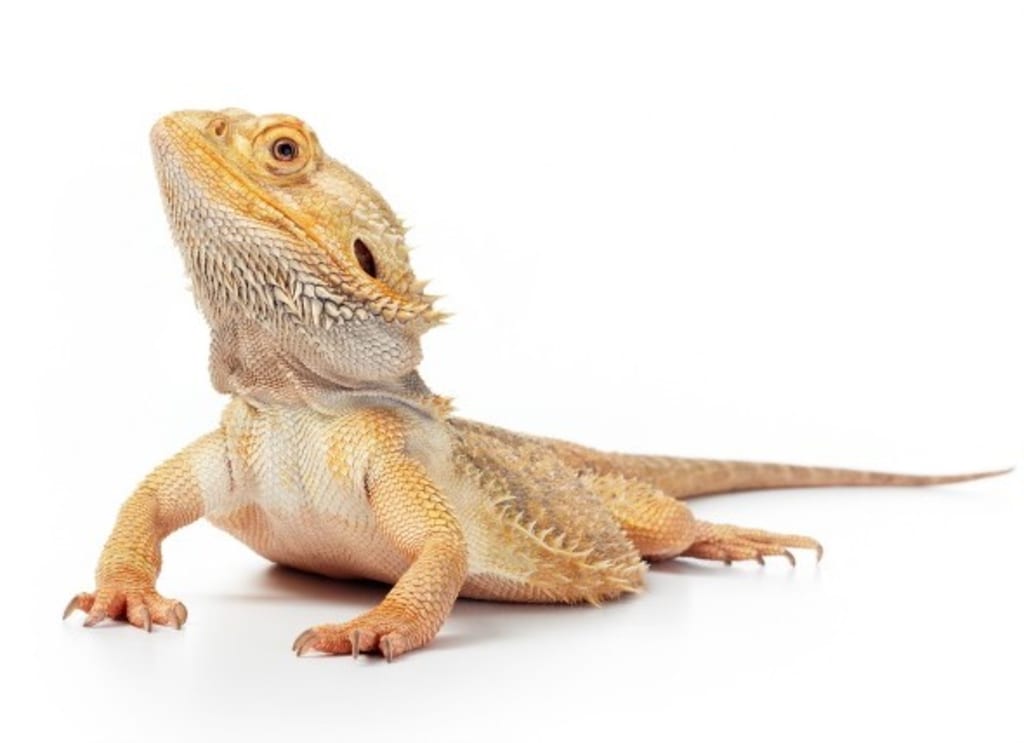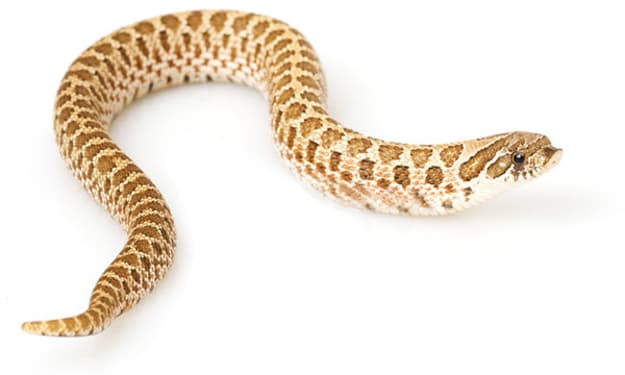
Basics
Bearded dragons, or Pogona, are one of the most popular pet lizards around. Their docile nature makes them great pets for kids, teens, and adults!
Bearded dragons grow almost 2 feet in length from head to tail, making them a manageable lizard species to keep. However, they are a bit of a commitment, as they can live between six and ten years!
Enclosure
When bearded dragons reach adulthood, they require a 40-gallon enclosure minimum. However, you never want to pick up a baby bearded dragon and immediately place it in a 40-gallon tank. The lizard will not receive the heat it needs to survive when placed in a giant enclosure.
For a hatchling bearded dragon, you'll want to settle for a 10-gallon tank. As the lizard grows, upgrade your lizard's tank. You'll need to purchase a 20-gallon tank, 30-gallon tank, and eventually, the 40-gallon tank. Keep in mind that a 40-gallon tank is a minimum size for an adult. Feel free to provide a larger enclosure for it once it's reached its adult size. However, an adult will still thrive in a 40-gallon enclosure.
You can use paper towels, newspaper, or reptile carpet as a substrate. Make sure you do not provide sand as a substrate for your bearded dragon. When a bearded dragon eats, sand may stick to its food. This can cause impactions in the lizard's gastrointestinal tract.
Provide proper hiding spaces for your bearded dragon, so that it may retreat into a dark, secure space. Also, provide a water dish for your bearded dragon. These lizards are known for soiling their water dish, so make sure that you provide them with fresh water whenever needed.
Temperature
Make sure that your bearded dragon's enclosure has a temperature gradient. Bearded dragons require a hot spot of 100 degrees Fahrenheit, and an ambient temperature of 80 degrees.
These lizards are a little more expensive to keep, considering they require a UVB light and a heat lamp. Bulbs do eventually stop working, can crack, and need to be replaced. Do your best to replace the UVB bulb every 4 to 6 months, even if it didn't go out. The UVB will stop working as efficiently over time, so it's best to replace the light periodically. UVB lamps are a must for your bearded dragon. Without proper lighting, your bearded dragon can and will develop health issues. The metabolic bone disease is one of the most common diseases that bearded dragons face, and it is due to lack of calcium as well as lack of UVB exposure.
Feeding
Bearded dragons are omnivorous, meaning they eat vegetation as well as insects. These lizards enjoy crickets, dubia roaches, and superworms. However, superworms are very fatty, and should only be fed as a treat. These worms are not to be fed as a base diet.
Vegetables such as carrots, mustard greens, and kale work well to make a nice salad for your dragon. Refrain from feeding spinach, as it is very unhealthy for your lizard. Spinach has been known to cause several health issues in bearded dragons. They also enjoy fruits such as strawberries, banana, squash, and blueberries.
F.A.Q.
Where are bearded dragons from? Bearded dragons are from Australia, and they thrive in desert habitats.
Where have I seen Bearded Dragons before? Bearded dragons have actually appeared in a movie! If you remember Disney's Holes, based off of the book by Louis Sachar, bearded dragons portrayed the deadly yellow-spotted lizard in the film! However, bearded dragons are actually far from deadly. Their docile nature was perfect for the set of a movie, so much so that children were able to handle them rather easily.
What colors do bearded dragons appear in? Normal bearded dragons will appear a dusty tan color. Bearded dragons have been captive bred for quite some time now, and multiple color variations have been proved out. You can find red, yellow, orange, and even white bearded dragons!
Where can I purchase a bearded dragon as a pet? Most pet stores carry bearded dragons. However, you may also purchase them from a breeder, reptile rescues, or reptile expos.
About the Creator
Briana Bayles
Just a reptile enthusiast with the goal to break the stereotype of the most misunderstood creatures in the world.
Enjoyed the story? Support the Creator.
Subscribe for free to receive all their stories in your feed. You could also pledge your support or give them a one-off tip, letting them know you appreciate their work.






Comments
There are no comments for this story
Be the first to respond and start the conversation.